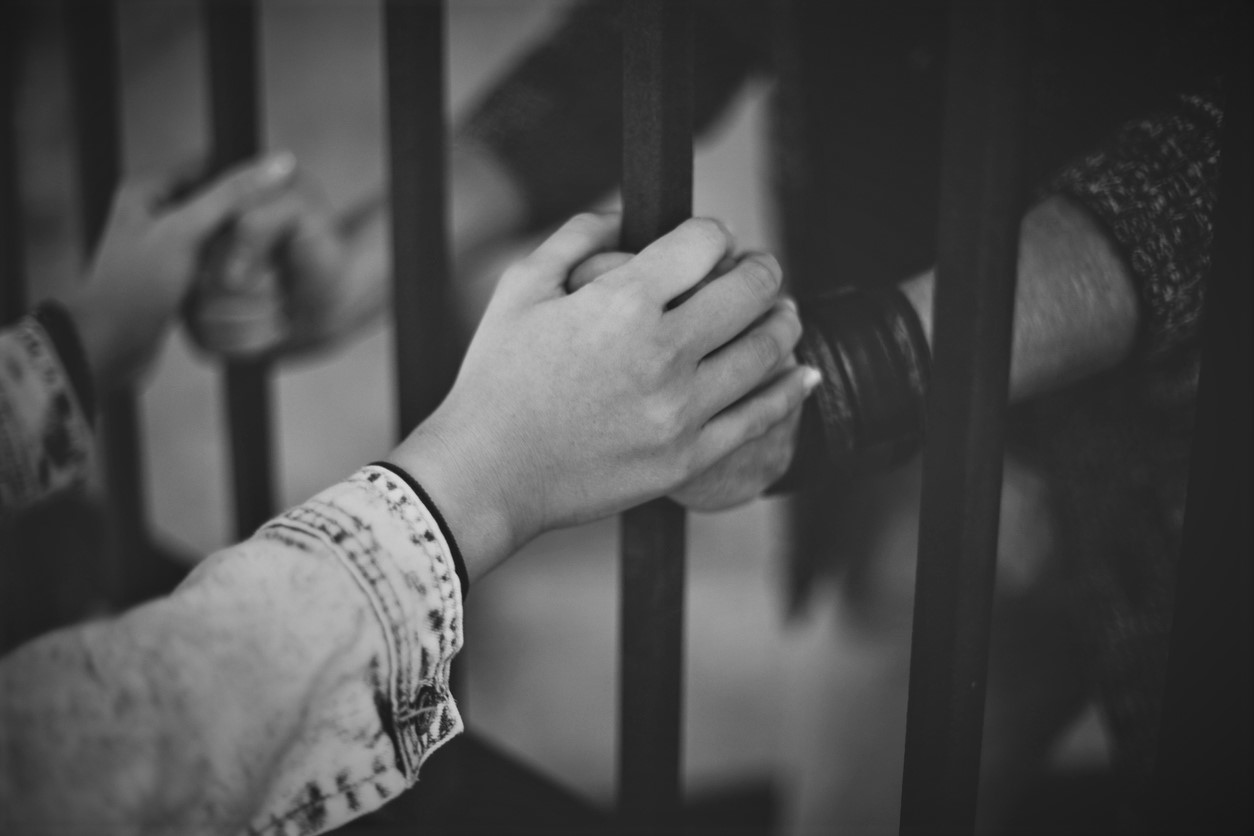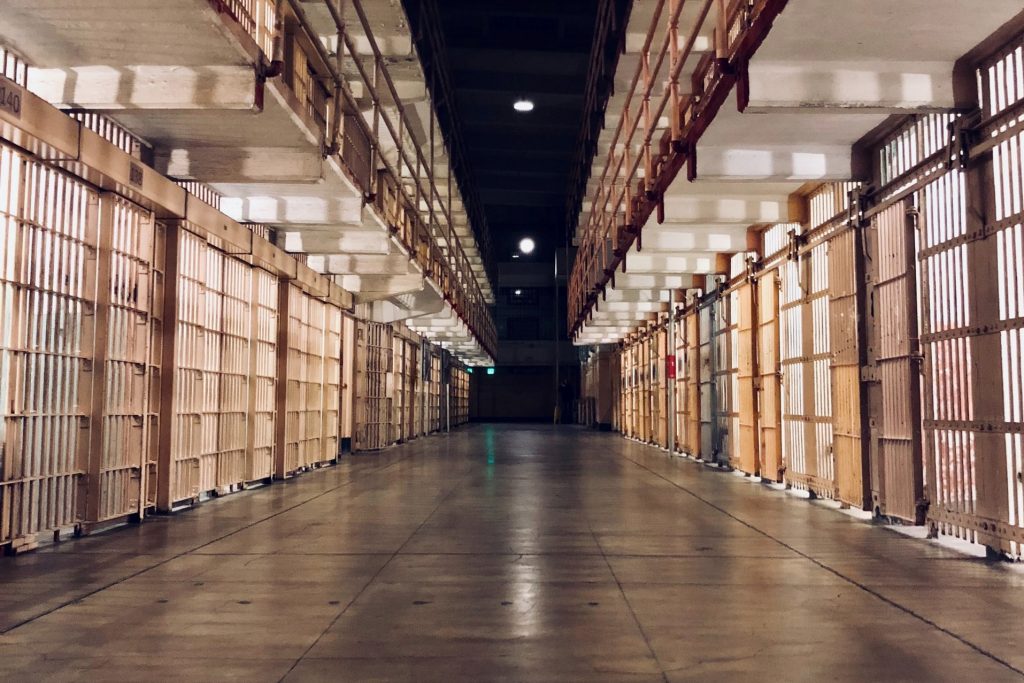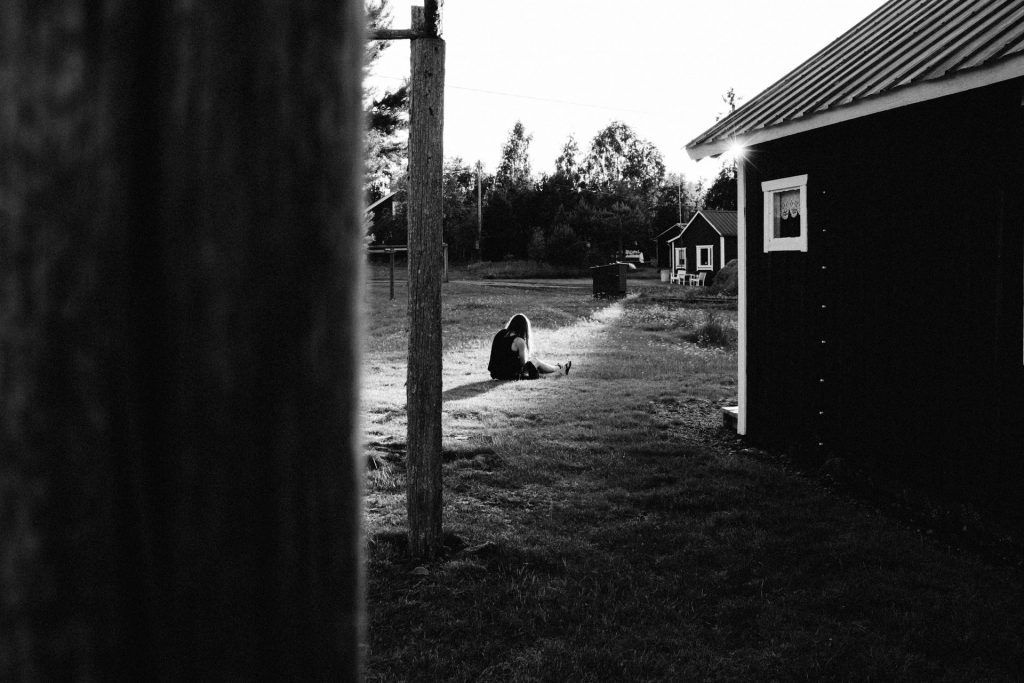
14 May Explainer: The Cycle of Intergenerational Incarceration
The United States has the highest incarceration rate in the world. American prisons house about 20% of all incarcerated people worldwide, despite making up just 4% of the world’s population. The impact of mass incarceration extends far beyond the walls of America’s prisons, though. Intergenerational incarceration perpetuates high incarceration rates, and it increases the likelihood that families will live in poverty for generations.
What is intergenerational incarceration?
Intergenerational incarceration is a term used to describe when family members from more than one generation enter the justice system. For example, a father and son who both spend time in prison experience intergenerational incarceration. Often, the cycle extends far beyond two generations. In Generations Through Prison, researchers Mark Halsey and Melissa de Vel-Palumbo worked with second-, third-, fourth-, and fifth-generation incarcerated people. Their book highlights that the cycle of incarceration can affect families for decades. Nevertheless, the authors argue, there is little discussion around intergenerational incarceration and its impact on American families.
Why does parental incarceration lead to a cycle of incarceration?
One of the biggest risk factors for going to prison is parental incarceration. Parental incarceration refers to having a parent in prison or jail. Beginning in the 1970s, the United States experienced explosive growth in prison populations. Over the past 50 years, the prison population ballooned from about 340,000 to 2.3 million incarcerated people. Though researchers disagree about how many children experience parental incarceration, one estimate suggests 1.7-2.7 million kids have had at least one parent spend time in prison.
As Eric Martin notes, though, “parental incarceration is only one of a series of separations and stressful situations facing children whose parent is involved in the criminal justice system. If we consider the full continuum of the criminal justice process — arrest, pre-trial detention, conviction, jail, probation, imprisonment, and parole — the number of children affected is significantly larger. For example: if we include parents who have been arrested, the estimate of affected children rises to 10 million.”
One reason that children are impacted by parental incarceration is that many may not have a stable home option when a parent goes to prison. Children with an incarcerated mother are most vulnerable. Only about 1 in 4 children live with their father while their mother is in prison which may increase the chances of intergenerational incarceration. Though we need more research to understand the correlation, children of incarcerated mothers have much higher rates of incarceration. They also enter the justice system earlier and more often than children with incarcerated fathers.

Who does intergenerational incarceration affect?
The racial disparities in incarceration rates are stark, and they suggest that children of color are far more likely to enter the justice system as a result of intergenerational incarceration. Leila Morsy and Richard Rothstein, part of the Economic Policy Institute, found that Black children are 6 times more likely to experience parental incarceration than white children. This increases the likelihood that they will experience homelessness, and enter the justice system. According to Morsy and Rothstein, children with parents in prison are also more susceptible to speech problems, poor performance in school and behavioral problems.
The cycle of incarceration can go on for decades, but the most heavily impacted group is actually millennials. This generation, commonly described as those born 1980 to 1996, carries the heaviest college debt of any generation. One of the lesser-known facts about millennials, though, is that the prison population doubled when they were children. One quarter of Black millennials and a third of younger Black millennials had at least one immediate family member go to prison during their childhood. That rate for White millennials isn’t much better: about 1 in 7 came of age with a loved one behind bars.
Millennials with one or both parents in prison experience depression and anger issues more often than other generations. They are also more likely to live in poverty and go to prison themselves. In fact, millennials grew up during a time when states put more children in prison than ever before. Juvenile facilities housed more than 75,000 millennials in 1999. By adulthood, millennials made up more than half the United States prison population.
Disenfranchisement and discrimination help perpetuate intergenerational incarceration.
Criminal records have a significant impact on intergenerational incarceration. This is because having a criminal record can make it hard to find a job and even a home. People who live in poverty are also more likely to spend time in prison or jail. When they exit the system, they may face unemployment and legal fees that make it hard to bounce back. This increases the risk of recidivism and foster care for children.
According to the Texas Tribune article above, in Texas alone, Child Protective Services removed almost 20,000 from their homes due to parental incarceration. Children who grow up in foster care have a much higher rate of incarceration. As many as 90% of children with five or more foster placements end up in prison; more than half of all children in foster care experience arrest or incarceration by age 17. Youth advocates call it the foster-care-to-prison pipeline. While the school-to-prison pipeline centers on discipline and interactions with police, foster care increases the likelihood that children will experience abuse, sexual assault and extreme poverty — all risk factors for incarceration.

How can America end the cycle of incarceration?
Since criminal records have such a significant impact on poverty levels, one of the most effective ways to end intergenerational incarceration is to clear records. When courts clear the records for formerly incarcerated people, they experience wage increases of about 25%. They’re also more likely to find work. Formerly incarcerated people with clean records are also less likely to return to prison. These factors all increase stability for families, which reduces the risk of intergenerational incarceration.
To fully address the cycle of incarceration, legislators will need to consider the various risk factors leading to incarceration, as well as policies that perpetuate mass incarceration. Mandatory minimum sentencing, for example, can lead to years in prison for non-violent crimes. This puts children at higher risk for entering the foster system, living in poverty, and ultimately going to prison.
Other recent reform efforts that may have an impact include the decriminalization of addiction and mental illness, as well as ending cash bail. If communities treat people experiencing mental health crises or addiction issues, rather than incarcerate them, then fewer children will have to live with parental incarceration. The same is true of cash bail. People in poverty may not be able to afford bail, leading to days or months of pretrial incarceration. The impact often includes loss of employment, putting financial strain on the families of those awaiting trial. Even if a family member is cleared at trial, the lingering impact of pretrial incarceration includes putting children at risk of entering the system themselves.

